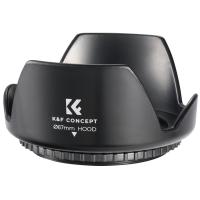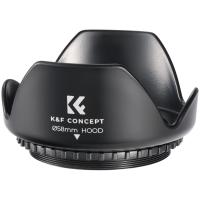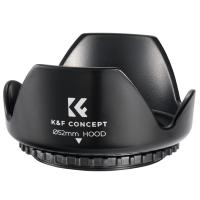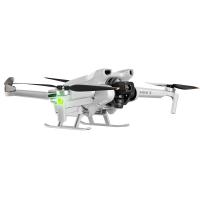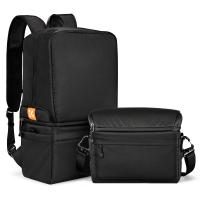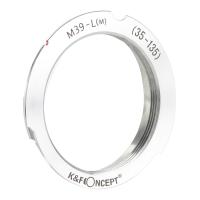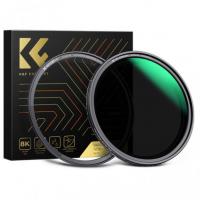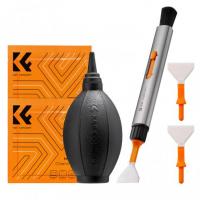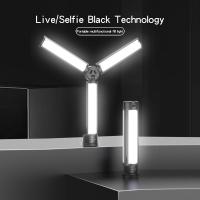When To Use Polarized Lens Filter?
Understanding When to Use a Polarized Lens Filter: A Comprehensive Guide
Photography is an art that requires not only a keen eye but also the right tools to capture the perfect shot. One such tool that can significantly enhance your photos is a polarized lens filter. However, knowing when to use a polarized lens filter can be the difference between a good photo and a great one. In this article, we will delve into the various scenarios where a polarized lens filter can be beneficial, how it works, and practical tips for its use.
What is a Polarized Lens Filter?

A polarized lens filter is a piece of optical equipment that attaches to the front of your camera lens. Its primary function is to reduce glare and reflections from surfaces such as water, glass, and even foliage. By doing so, it enhances the colors and contrast in your photos, making them more vibrant and visually appealing.
How Does a Polarized Lens Filter Work?
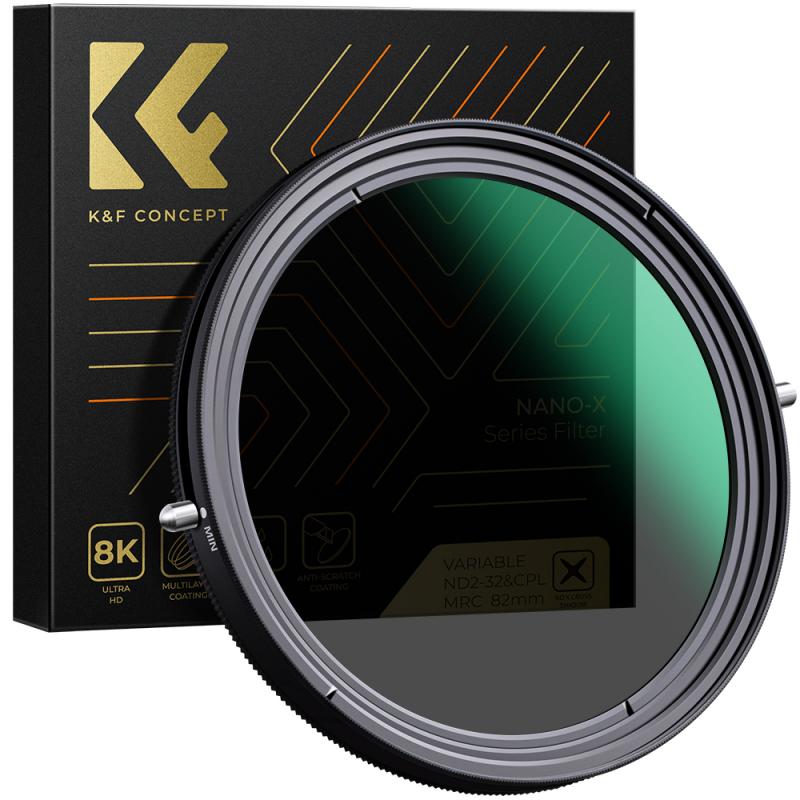
Polarized filters work by blocking certain light waves. Light waves travel in different directions, and when they hit a reflective surface, they become polarized, meaning they travel in a more uniform direction. A polarized filter blocks these specific light waves, reducing glare and reflections. This allows the camera to capture more natural colors and details that would otherwise be washed out.
When to Use a Polarized Lens Filter

1. Outdoor Photography
One of the most common uses for a polarized lens filter is in outdoor photography. Whether you are capturing landscapes, seascapes, or cityscapes, a polarized filter can significantly enhance your images. It helps to reduce the glare from the sun, making the sky appear bluer and the clouds more defined. Additionally, it can make the colors of trees, grass, and other foliage more vibrant.
2. Water Photography
Water surfaces are notorious for creating glare and reflections that can ruin a good photo. A polarized lens filter is particularly useful when photographing bodies of water such as lakes, rivers, and oceans. It reduces the glare, allowing you to capture the true color of the water and even see beneath the surface in some cases. This is especially useful for underwater photography or when you want to capture the reflections of the surroundings in the water.
3. Snow and Ice Photography
Similar to water, snow and ice can create a lot of glare due to their reflective surfaces. A polarized lens filter can help to reduce this glare, making the snow appear whiter and more detailed. This is particularly useful for winter sports photography or capturing winter landscapes.
4. Glass and Windows
Photographing through glass or windows can be challenging due to reflections. A polarized lens filter can help to minimize these reflections, allowing you to capture clearer images. This is particularly useful for architectural photography or when shooting through car windows.
5. Enhancing Colors and Contrast
Even in situations where glare and reflections are not a significant issue, a polarized lens filter can still be beneficial. It can enhance the overall colors and contrast in your photos, making them more vibrant and visually appealing. This is particularly useful for landscape photography, where you want to capture the full range of colors in the scene.
Practical Tips for Using a Polarized Lens Filter

1. Adjust the Filter
Most polarized lens filters are adjustable, meaning you can rotate them to achieve the desired effect. When using the filter, look through the viewfinder and rotate the filter until you see the glare and reflections reduce. This will help you to achieve the best possible results.
2. Use in Bright Conditions
Polarized lens filters are most effective in bright conditions, such as sunny days. They are less effective in low light conditions, such as cloudy or overcast days. Therefore, it is best to use them when the sun is shining brightly.
3. Be Mindful of Exposure
Using a polarized lens filter can reduce the amount of light entering the lens, which can affect your exposure settings. Be mindful of this and adjust your camera settings accordingly. You may need to increase your ISO or use a slower shutter speed to compensate for the reduced light.
4. Avoid Wide-Angle Lenses
Polarized lens filters can sometimes create uneven polarization when used with wide-angle lenses. This can result in an uneven sky or other unwanted effects. Therefore, it is best to avoid using polarized filters with wide-angle lenses or to be cautious when doing so.
5. Clean the Filter Regularly
Like any piece of camera equipment, it is important to keep your polarized lens filter clean. Dust, fingerprints, and smudges can affect the quality of your photos. Use a microfiber cloth to clean the filter regularly and store it in a protective case when not in use.
A polarized lens filter is a valuable tool for any photographer, offering numerous benefits in various shooting scenarios. Whether you are capturing landscapes, water scenes, snow, or shooting through glass, a polarized filter can enhance your photos by reducing glare and reflections and improving colors and contrast. By understanding when and how to use a polarized lens filter, you can take your photography to the next level and capture stunning, vibrant images.
In summary, the key to effectively using a polarized lens filter lies in understanding its benefits and knowing when to apply it. By incorporating this tool into your photography arsenal, you can overcome common challenges and elevate the quality of your work. So next time you head out for a shoot, consider bringing along a polarized lens filter and see the difference it can make in your photos.


